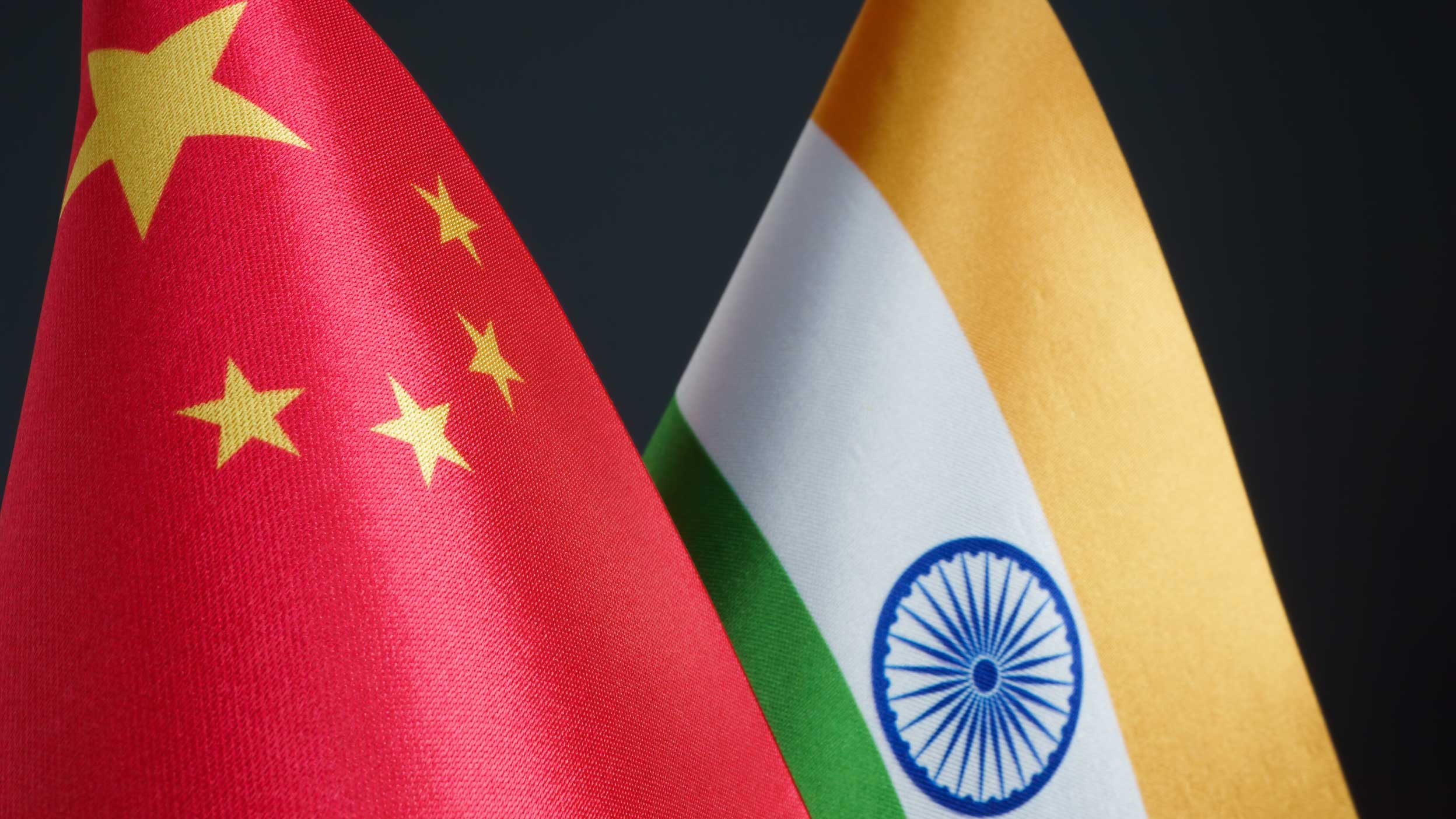Why China over India?

Key takeaways
We have seen an extraordinary level of divergence in performance between China and India in the last 3 years
Despite the positive performance of the Indian economy, there are some signs it is running out of steam
We believe there is a great contrarian opportunity in being overweight China and underweight India
Every client meeting we have these days includes a discussion on why we are overweight China and underweight India. Given our contrarian approach, the positioning in itself in unsurprising. What is extraordinary, is the degree of divergence in performance we've seen between these two countries. Over the last three years, China has been down 50% and India has been up 35%.
Source: Bloomberg, as at 12 March 2024
This divergence of performance has led to an extreme valuation disparity.
Source: LHS chart: Invesco, LSEG as at 28 February 2024. RHS pie chart: Invesco, Bloomberg as at February 2024. MSCI India = 136 companies
Obviously, there are reasons why India has been outperforming China, and there are good reasons for Indian stocks to trade at higher multiples than Chinese ones. Not least the geopolitical situation between China and the US, and the weak Chinese economy.
But while the Indian economy may be a lot better than the Chinese economy, it’s not perfect by any means, for example economic indicators for the consumer economy are less rosy than share prices of some consumer stocks might suggest. Passenger vehicle sales are -6.9% y-o-y and domestic air passenger numbers -4.7% y-o-y, with volumes of both still below 2019 levels, whereas plenty of the stocks in these sectors have been rallying strongly and are close to all-time highs.1
And although earnings resilience has been a lot better in India than in China over the last few years, it is not as though we are seeing constant earnings upgrades in India. One Indian multinational conglomerate, one of the best performers in India is now on 38x current year earnings. This lack of earnings upgrades contrasts with one of China's largest tech giants, the biggest index position in China. Earnings have been revised up in the last year, but the share price is down.
We are also seeing signs in India typical of stock market exuberance:
1. 2023 was a record year for IPOs in India against a backdrop of weak deals globally
Source: Bloomberg, as at 14 December 2023
Source: Bloomberg, as at 14 December 2023
2. Whilst placements by insiders hit a 6-year high
In the last few weeks we have seen signs of a change. China has started to outperform India on no real news, and India looks like it is running out of steam.
Source: Bloomberg, as at 12 March 2024
Conclusion
We are contrarian investors. We believe in buying shares when they are out of favour. That’s the way we do things and that’s the way we will always do things. It is normal to feel uncomfortable going against the grain, but it tends to be very rewarding when markets revert back from extreme levels, as we saw during the pandemic with the rotation in markets between tech/internet and cyclicals.
We believe there is a great contrarian opportunity in being overweight China and underweight India. We are now max underweight India (by our ‘rules of thumb’, we don’t like to be less than half the index weight in any large country). Market weakness in China has also tended to be broad-based and fairly indiscriminate, which has allowed us to increase the quality of the China portfolio (without necessarily increasing the overweight). We are very happy with our current positioning.
However – it is important to point out that we spend the large majority of our time focused on stock selection – country allocation is mainly a by-product of this. We do happen to have a strong view at the moment on what country weights we should have, but that is mainly driven from the bottom-up. Moreover, while we should note that although our country allocation has worked against us in the last three years, stock selection has very much worked for our Asia strategies.
Footnotes
-
1 Centre for Monitoring Indian Economy, Mint and Kotak
Investment risks
The value of investments and any income will fluctuate (this may partly be the result of exchange-rate fluctuations) and investors may not get back the full amount invested.




